The world's best soccer players are synonymous with the clubs at which they starred. Sometimes, though, the historic talents also sported legendary jerseys.

Cristiano Ronaldo and Lionel Messi highlight the group of players to have starred for world football's greatest clubs that also happened to wear the sport's best kits. However, one of soccer's best jerseys emerged from an unexpected location in the mid-1990s.
Jerseys from domestic clubs and international teams were considered for inclusion. The list is subjective.
Tottenham 1985-1987

Diagonal stripes aren't uncommon. The chevron pattern isn't so unique. However, putting them together was a terrific idea.
Tottenham Hotspur donned this jersey in the mid-1980s, and it was the club's first jersey manufactured by Hummel. The sponsor, Holsten, had jumped on board with the club earlier in the decade.
Diego Maradona wore it during the testimonial for Osvaldo Ardiles in a 1986 friendly pitting Spurs against Internazionale.
United States 1994

Biased? Probably. Look at those stars, though!
The United States hosted the 1994 FIFA World Cup and rode these denim-coloured beauties to a spot in the knockout stages. Earnie Stewart netted a crucial goal against Colombia to give a much-needed three points to the U.S., who eventually advancing on goal differential.
Brazil knocked out the United States in the round of 16 with a 1-0 victory, but these jerseys were a winner.
Verdy Kawasaki 1993-1994

During an excellent 1994 season for Verdy Kawasaki, the Japanese club sported a spectacular jersey.
That year, Verdy won the J.League, as well as the J.League Cup, Super Cup and Sanwa Bank Cup. Verdy also finished third in the 1993-94 Asian Club Championship, which remains the club's all-time best finish.
All the while, Verdy played in this green-and-white kaleidoscopic gem.
Netherlands 1970s
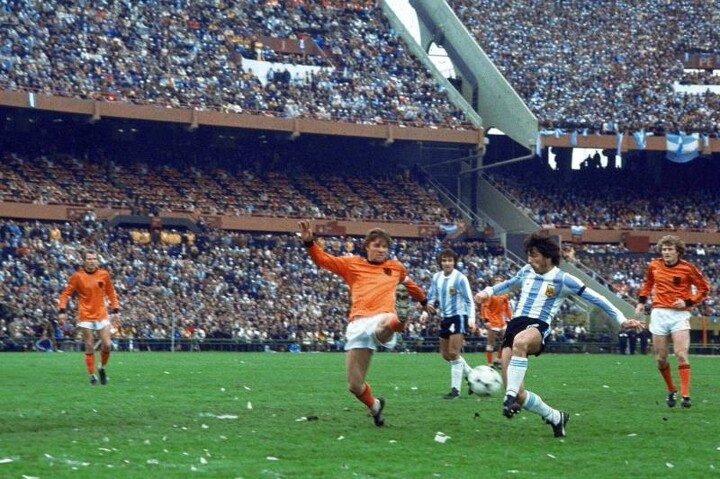
The orange jersey is a classic look for the Netherlands, and there are several quality options both before and after this staple of the 1970s.
But the best design was the one sported at both the 1974 and 1978 World Cups. Orange, as always, is the dominant color, but the black stripes along the sleeves were a tremendous touch.
The jersey is also untouched on the front beyond the crest—a better style than the one on the 1980 kit, which included a black outline.
Mexico 1997-1999

Worn at the 1998 World Cup, this jersey served as an elaborate nod to Mexico's traditions and culture.
"Flashy" only begins to describe the design, which prominently features the Aztec calendar. ABA Sport was responsible for this intricate idea and executed it wonderfully.
Though it didn't translate to success in France—Germany eliminated Mexico during the round of 16, the stage that has become the country's World Cup nemesis—El Tri did win the 1998 CONCACAF Gold Cup in the iconic jersey.
Manchester United 1993-1995
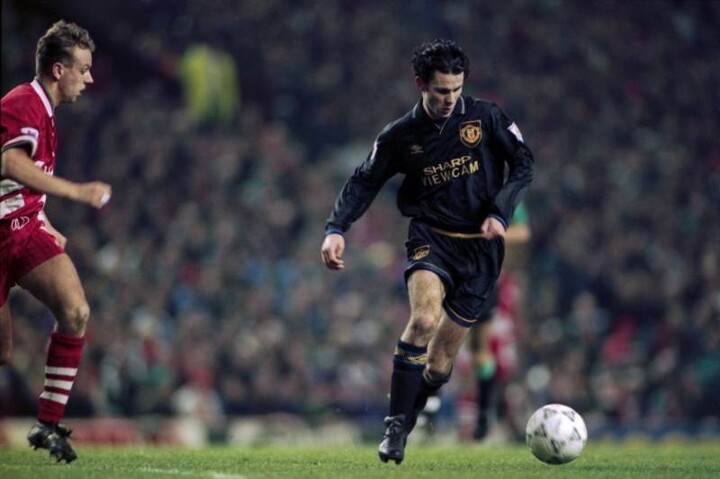
Manchester United is known for its red home jersey, but the club's mid-1990s alternative uniform was simply brilliant.
Yellow was an ideal complementary color for the sponsor and waistband on the predominantly black kit. The yellow also paired nicely with a shade of blue along the cuffs and socks. The blue also made an appearance on the collar.
Surely not coincidentally, Manchester United celebrated a Premier League and FA Cup double during the 1993-94 season.
Brazil 2018
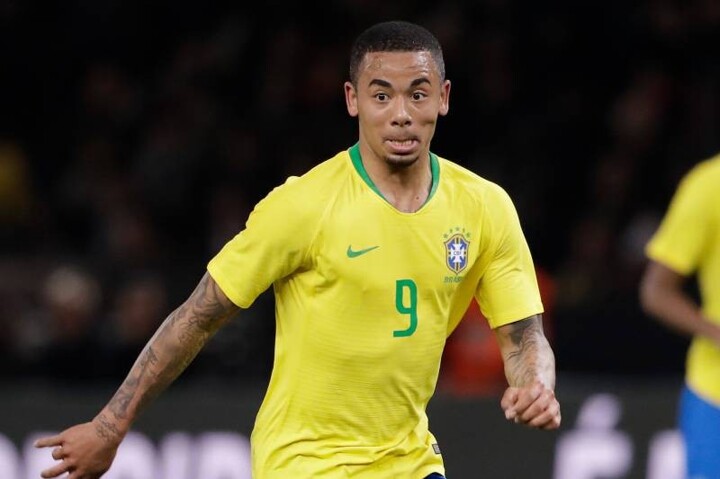
When the combination of a yellow and green takes the field, soccer fans typically know exactly which country is playing.
"For Brazilians, that yellow jersey is sacred," said Carlos Alberto, who captained the 1970 World Cup-winning team, per Ben Smith of BBC Sport. "When we wear it, of course we feel pride, but it also brings responsibility, a responsibility to inspire and to excite."
The country has regularly done exactly that, winning a record five World Cups and four FIFA Confederations Cups.
Newcastle United 1995-1997
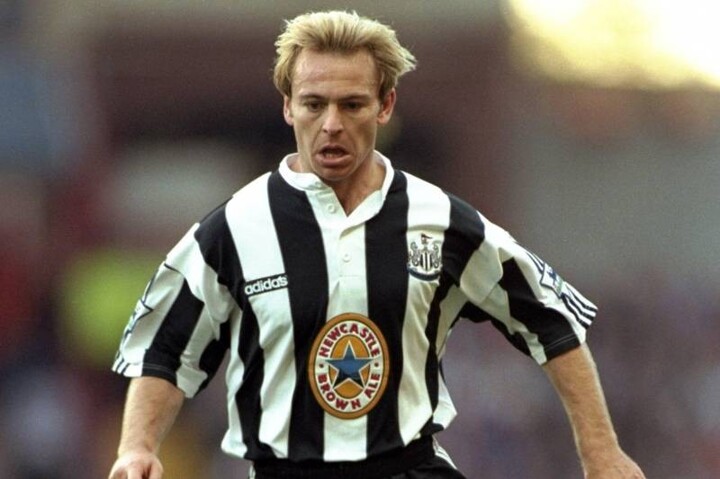
Although Newcastle United squandered a chance to win the Premier League in 1995-96, throwing away a 12-point lead during the final three or so months of the season, the team played in style.
The black-and-white jersey is sometimes referred to as the "granddad-collar shirt," and all of the elements—from the club's famous design to the sponsor, Newcastle Brown Ale—fit perfectly. The stripes date back to 1894.
During the two seasons Newcastle donned this look, it finished second in the league both years.
Barcelona 2010-2011
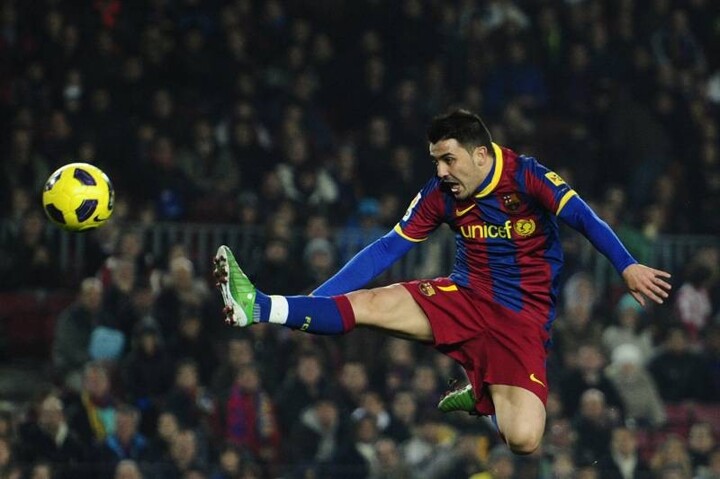
Barcelona has never strayed from its blue-and-red scheme, but the 2010-11 jersey stands out because of a tertiary element.
Only in one other season since 1984 has the collar so prominently featured yellow, and it made this version pop. Perhaps it was fitting, since yellow—or gold—is synonymous with victory, and Barcelona won La Liga and the UEFA Champions League that year. There was also the rare use of red shorts, which Barca had only previously sported during 2005-06—another league- and Champions League-winning campaign.
Without question, several other Barcelona options are worthy of consideration. However, the combination of an uncommon tweak and on-field excellence is a huge draw.
Real Madrid 2011-12

Real Madrid have experimented with a bevy of secondary colors on their famous white jerseys, but the gold trim on the 2011-12 kit stands out.
While Los Blancos' uniforms have often seemed busy, this edition unequivocally nailed the number and size of elements. The sponsor's logo is apparent yet not overwhelming, and the manufacturer and club crests positioned slightly above are unobtrusive.
The three-stripe additions on both the jersey sleeve and pants are a fitting ode to Adidas and a stylish feature on a stellar look.
